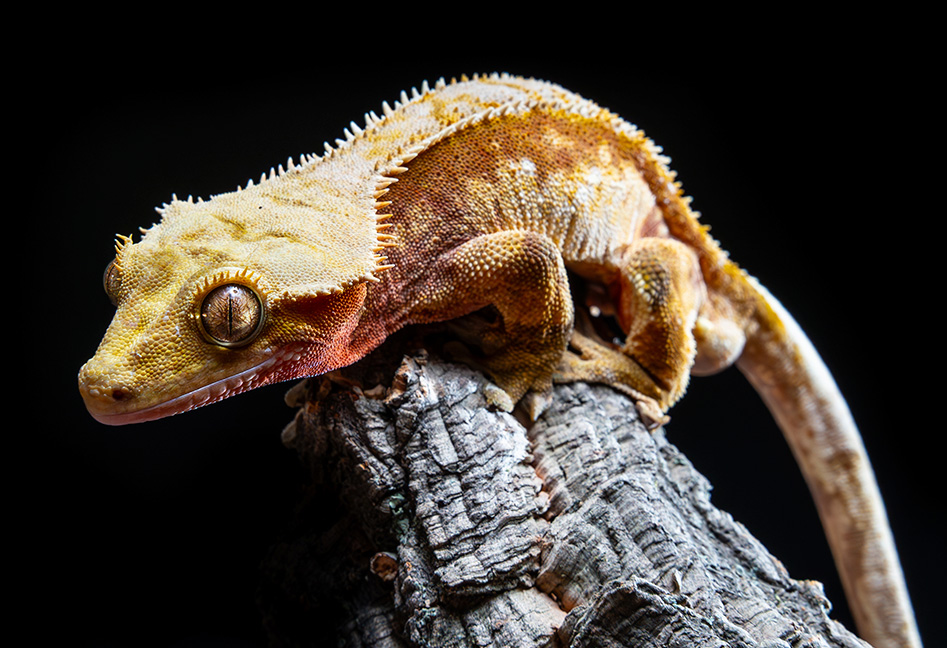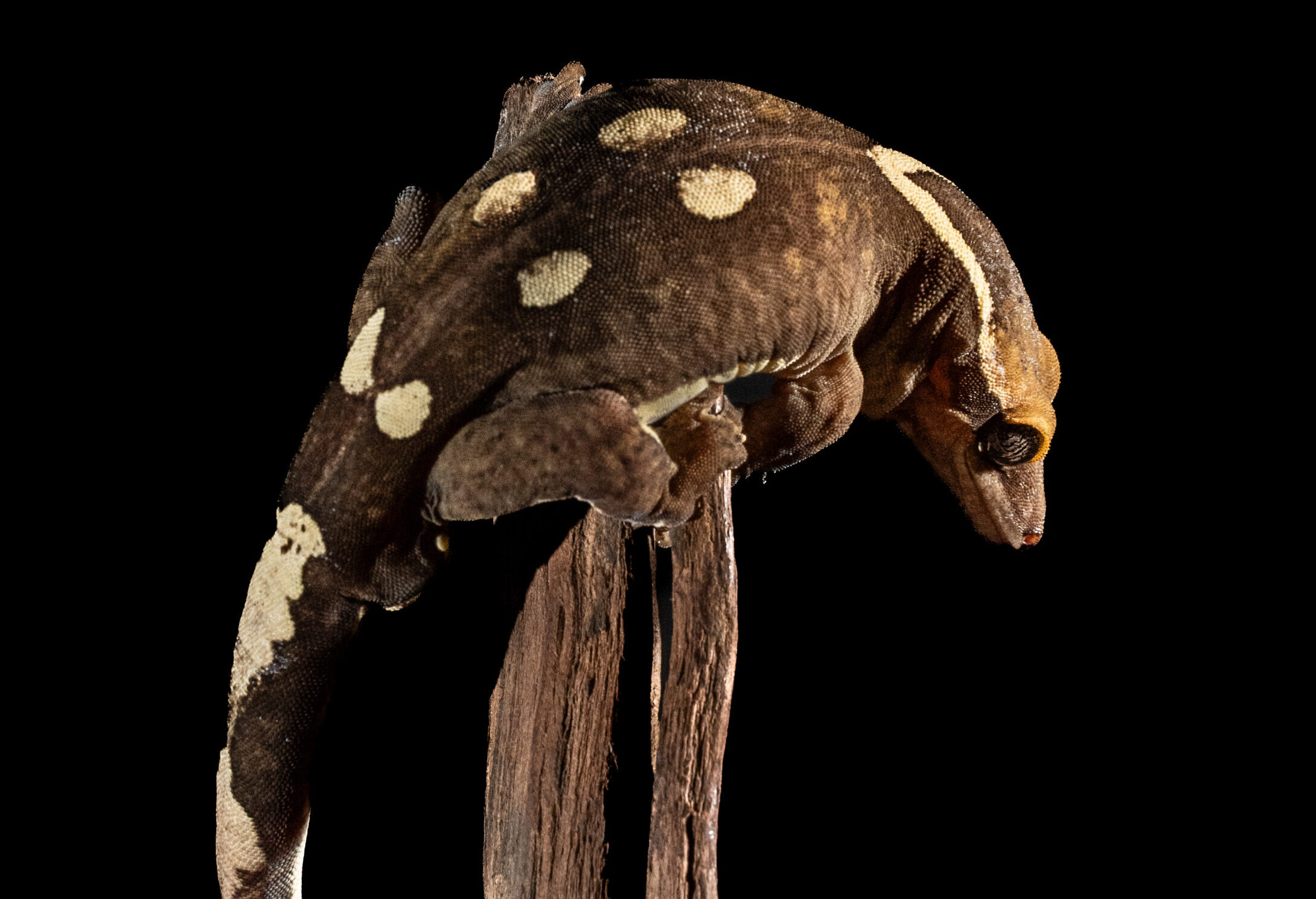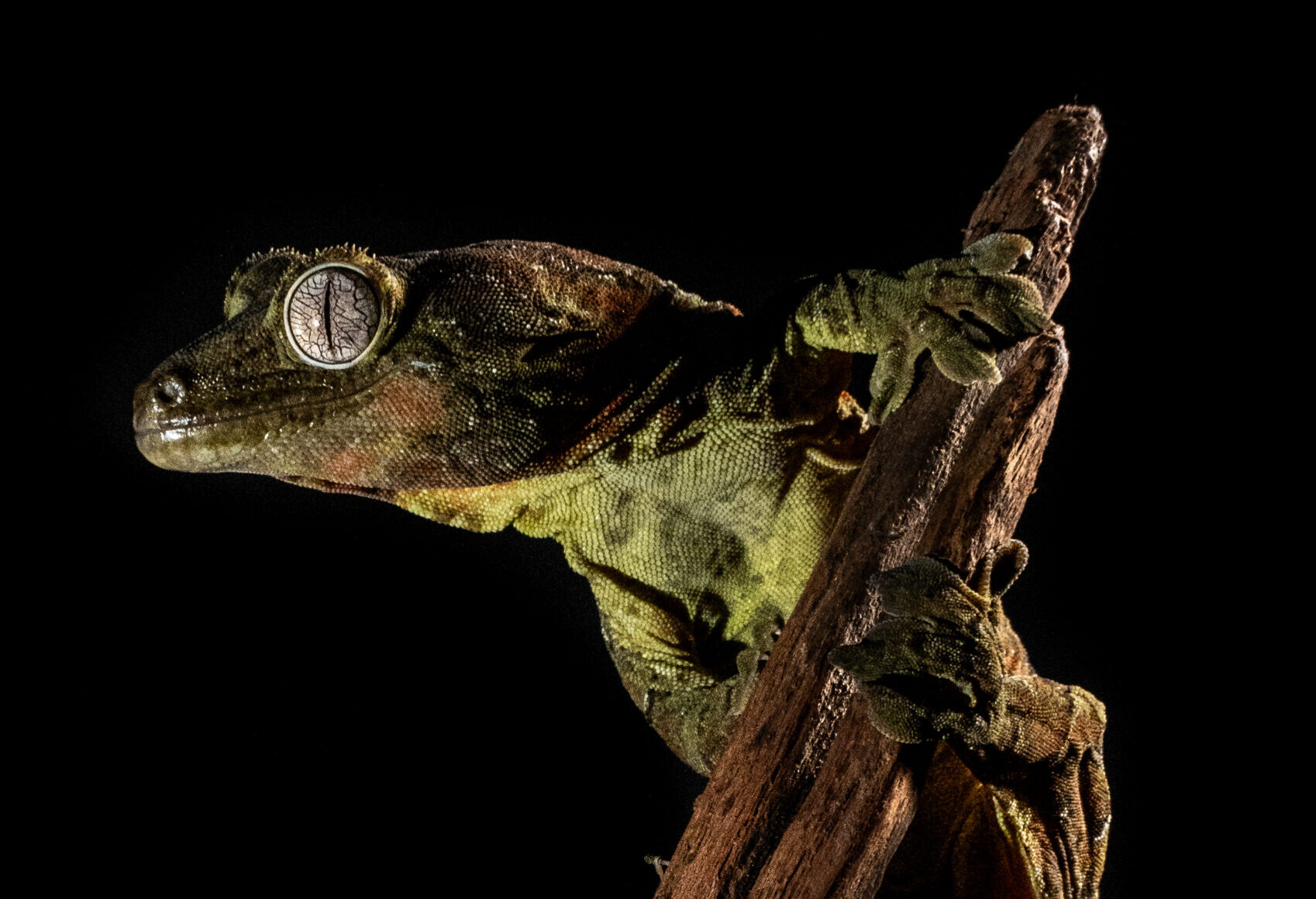Frequently Asked Questions
- Is this a store open to the public?
Kanaky Reptiles is NOT a physical store open to the public. We logically have a physical location, located in Seville (Spain) where we work in our breeding facilities, but we will only accept customers by APPOINTMENT with the intention of picking up animals that you have previously purchased or wish to purchase in person.
- Why can't I add animals to the cart?
Law 7/2023, of March 28, on the protection of the rights and welfare of animals, in its article 57 states:
"1. The direct sale of any type of pet animal through the Internet, web portals or any telematic means or application is prohibited.
2.For the advertisement of animals through the media, magazines, similar publications and other dissemination systems, such as the Internet, the breeder's registration number or the zoological nucleus of the selling establishment, as well as the animal's identification number, if applicable, must be included in the advertisement. The platforms shall verify the veracity of the data consigned by the seller."
That is why, in order to avoid the compulsive purchase of animals, all purchases must go through a personal management of the transaction, to be able to advise you properly on the care of such animals.
- What does the code that appears on each animal mean?
All our animals have been bred in captivity with all our love. To keep track of them, we name each gecko born in Kanaky Reptiles with a code so you can know who are the parents and the date of birth in a comfortable way. The codes have this structure: AABB123456C
- The first two letters correspond to the father's initials.
- The second two letters correspond to the mother's initials.
- The following numbers correspond to the date of birth.
- The final letter identifies the individual of each clutch.
For example, the animal PEMA050321B would have Pepino as father, Mallika as mother, was born on March 5, 2021 and is the second gecko in the clutch.
- I just got my gecko and he doesn't eat what should I do?
It doesn't matter if you bought your gecko from a pet store, show or online retailer, geckos can take 1-2 weeks to adjust to their new homes before they resume eating normally. We know it's tempting, but the worst thing you can do after buying a new gecko is to handle it or remove it from the terrarium to try to feed it manually. We recommend handling new geckos as little as possible for the first 2 weeks after acquiring them. Early handling will only create unnecessary additional stress and may even cause it to stop eating for a longer period of time. After 2 to 3 weeks, you can gradually start handling your new gecko. Geckos may also eat very small amounts at first, especially if they are young geckos, so keep an eye on the feces because then you will know what they are eating. We also recommend putting little food in at first, because if you fill a whole feeder, even if the gecko is eating you won't notice it.
- Is my gecko too small?
We get this question often, but in most cases your gecko is just fine. Yes, there are some weights that we would like geckos of certain ages to reach, but for the most part, all geckos grow at their own pace. If animals have grown at lower temperatures their growth rate is slower than if they have developed at higher temperatures, where the appetite is greater as a general rule.
If your gecko is eating and growing, you are on the right track. The only time to really worry is if they stop eating or if they lose a lot of weight (5 grams or more). Geckos naturally fluctuate a few grams, especially egg-laying females. Watch that they are still active when you handle them, that their hip bones (the lower part of the back just before the tail begins) are not marked, and that they respond to stimuli such as shallow spraying.
- How do I get my gecko to grow faster?
Many things influence how fast your gecko grows, including temperature, diet, genetics, etc. In our experience, the two most important factors are diet and temperature. For best growth, we recommend temperatures between 23-25°C in addition to feeding live insects (cricket or cockroach) at least once a week.
If your gecko does not accept live food, you can grind some insects into the food to increase the protein content of the food. The live food should be well fed so that it is not just a supply of exoskeleton. Fresh vegetables and specialized feeds will make the live food much more nutritious and help your gecko develop faster.
- What are some signs that can tell me if there is a problem with my gecko?
If the animal looks lethargic, has shedding problems, if the limbs become swollen, begins to develop deformities or obesity problems, etc., please contact us with photos and videos if you begin to notice any of these symptoms so we can try to help you before it is too late.
- Is it possible to predict the phenotype of the offspring that a pair of crested geckos will produce?
Most colors and traits in geckos are inherited allelically... either co-dominantly or recessively. The intensity of certain pigments or the level of expression of certain patterns such as the pinstripe or the harlequin can be selectively reproduced.
The reason we get several different phenotypes or "morphs" when breeding with a pair is because most traits are created by more than 1 different gene. Even if there were only 2 genes involved in an appearance (unlikely), you would still get up to 4 different phenotypes. If there are 3 genes, then you get 8 possible phenotypes, with 4 genes you get 16 possible phenotypes, with 5 genes you get 32 possible phenotypes.
The crux of the matter is that if you breed a gecko pair repeatedly for enough years, you will absolutely see the same phenotypes (or combination of traits/colors) appear over and over again. Some will be relatively common from that pairing, and others will appear more sporadically. That's all due to genetic probabilities and the number of genes involved in that appearance. If there is a really interesting appearance that you think is unique, chances are there are a lot of genes involved and the odds are low. It may be a couple of years before you produce another gecko of the same phenotype, but don't be discouraged! Eventually you will get it again.
- Can I keep several geckos together in the same terrarium?
This is a question we often receive. The short answer is: No.
In general, if it is your first gecko or you do not have much experience with reptile keeping, the recommendation is to keep your animals in separate terrariums. You will avoid headaches and possible damage to the animals.
The long answer is that it depends on several complex factors that are required for successful cohabitation. The generally simplest method of cohabiting the same species is a male and female pair. We have had success with this type of cohabitation throughout the year and egg production begins and ends naturally. If the male is very intense in the mating season it may be recommended to add 1 or 2 more females to the terrarium to decrease the individualized pressure. Obviously, increasing the number of animals requires increasing the size of the terrarium accordingly.
- How do I handle my gecko?
Holding the gecko in your hand, you can either place your hand in front of the other or use the ladder method in which the gecko climbs up your fingers as if they were rungs of a ladder. As it reaches the end of the hand, you place the free hand back in front of it so that the animal never reaches the end of the ladder and is tempted to jump into the void (which it will do without a second's hesitation).
New Caledonian geckos are generally arboreal in nature so the tendency to jump from branch to branch (or hand to ground) is undeniable. Preventing this from happening is in your hands (literally). Always have your reflexes active to catch your animals on the fly when they jump and prevent them from being damaged by falling from a great height or hitting something in the room.
- How can I calm a nervous gecko?
Avoid handling them at night when they are most active and most likely to run away from you. During the early afternoon, when it starts to cool down but it is not yet dark, geckos are generally calmer and you can handle them gently so that they gradually gain confidence with you.
- What if my gecko pulls its tail?
With the first animals imported from New Caledonia the tendency to autotomy (tail docking) was very high. Today, after many generations of domestication of the species it is less and less common for this to happen. However, sometimes it does happen and there is no need to be alarmed at all. It is a natural process that they can do in response to some stimulus (a loud noise, a blow, a stressful situation,...) or for no apparent reason. This does not affect the animal's quality of life or its ability to reproduce, so tailless animals should not lose value.
- What do I do if my gecko comes in cold and moves very slowly?
Do not expose geckos to temperatures above room temperature (22-25°C), even if they arrive cold. Please do not try to help warm them up when you receive them, this can be fatal.
They are cold-blooded animals and are supposed to move slower than normal when it is cold. this does not mean they are dying!
Health problems or death related to overheating will void all warranties.






